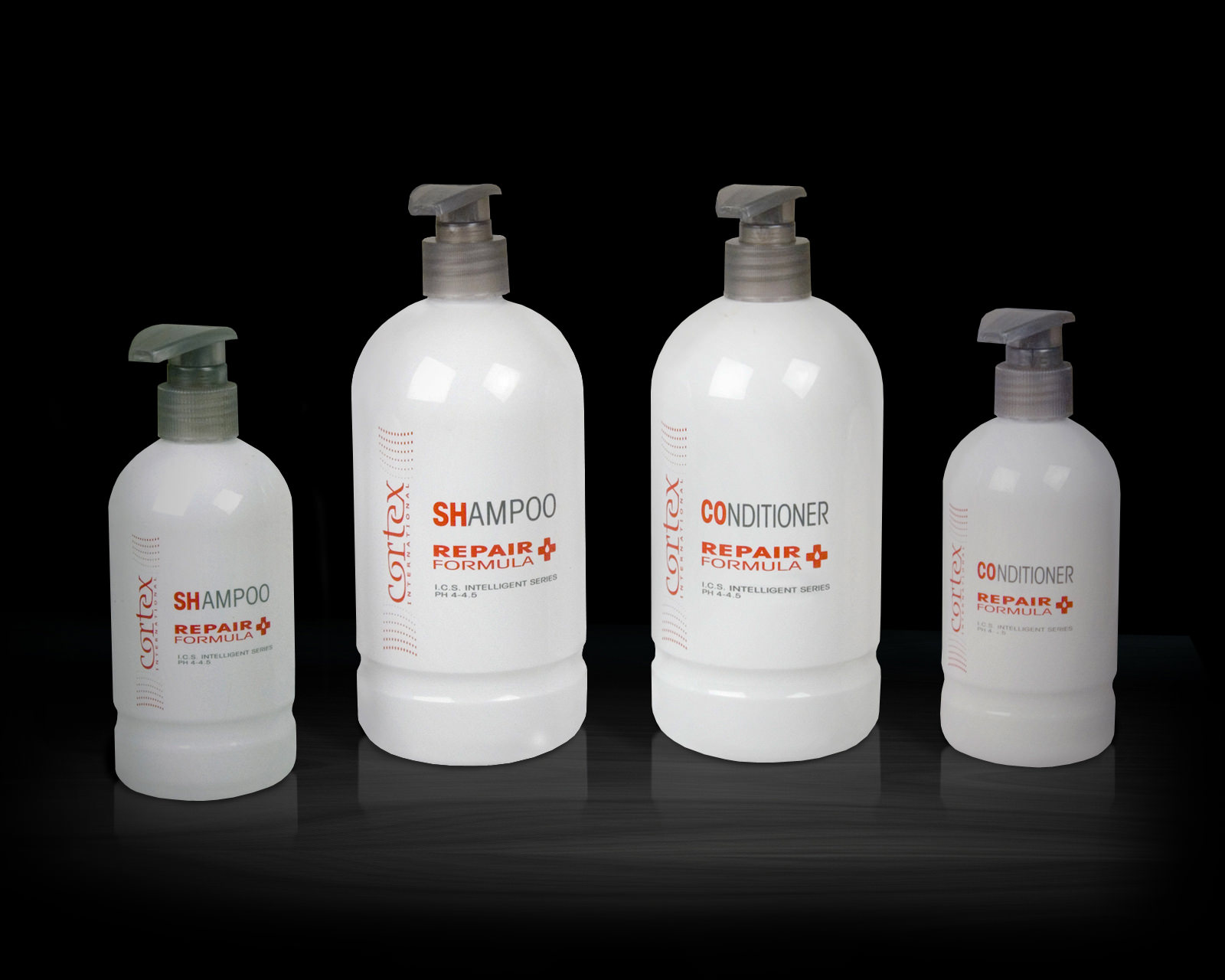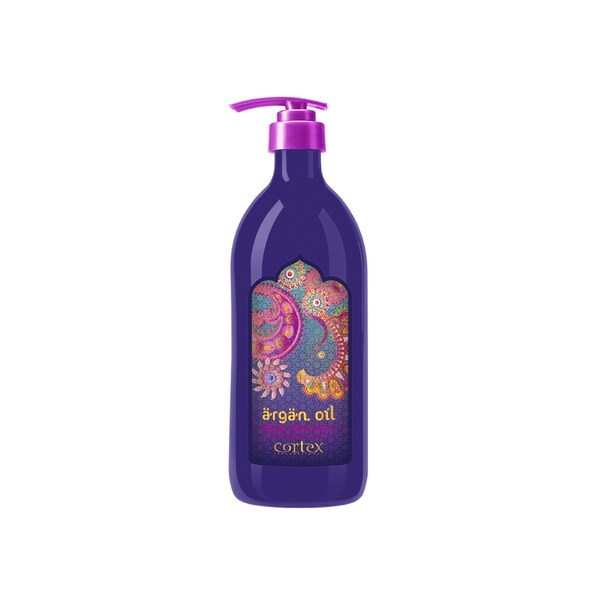
When you choose Cortex Beauty, you become a part of a vibrant community of individuals who share a passion for self-expression through hair styling. We celebrate your successes, share styling tips, and inspire each other to embrace our unique beauty journeys. Our tools empower you to explore new styles, experiment with trends, and effortlessly switch up your look whenever you desire.
The Cuticle
Study of elephant, capybara, human hair finds that thicker hair isn't always stronger - EurekAlert
Study of elephant, capybara, human hair finds that thicker hair isn't always stronger.
Posted: Wed, 11 Dec 2019 08:00:00 GMT [source]
Most common interest in hair is focused on hair growth, hair types, and hair care, but hair is also an important biomaterial primarily composed of protein, notably alpha-keratin. The majority of hair fibre is the cortex which contains spindle shaped cells that lie parallel along the fibre axis. These cortical cells were found to be approximately 1–6 µm in diameter and 50–100 µm in length (Randebrook, 1964). In wool fibres as well as human hair, the cortical cells were observed to be divided into different regions termed orthocortex, paracortex and mesocortex (Mercer, 1953). The difference in distribution of these cell types is an important factor for determining the curvature of the hair fibre (Kajiura et al., 2006). In particular, straight hair tends to have symmetrical distribution of the ortho- and paracortices whereas curly hair tends to have a non-symmetrical distribution of these cortical cells (Kajiura et al., 2006).
Hair Growth Cycle
The irregular cells in the cortex are called cortical cells that measure two μm to 5 μm in width and over 50 μm in length. They lack cell organelles and are connected via intercellular lipoproteins. It is a translucent intermediary layer of the hair shaft between the cuticle and medulla. The cuticle has 5-10 thin layers of non-pigmented flattened keratinized cells. The cuticle is the thin, colourless outermost layer of the hair shaft which shields the vulnerable cortex and medulla. You can help keep your hair healthy by taking care of your overall health.
1. Hair growth cycle

At the lower tip of the hair bulb it consists of a single layer of cuboidal cells, becoming multilayered in the region of the upper hair bulb. In some follicles, there is a distinct single cell layer interposed between the outer and inner root sheaths, known as the companion layer [23]. The ORS of the hair follicle also contains melanocytes, Langerhans cells and Merkel cells.
These signals are related to the coiled-coils arrangement of the keratin proteins in the cortex, the formation of intermediate filaments in the cortex, and lipids in the cell membrane complex of the hair. Statistical analysis of the corresponding molecular dimensions revealed a rather small distribution between different individuals. These general properties of human hair are observed in all hair independent of gender, colour or optical appearance of the hair (as listed in Table 1) within the number of individuals included in this study. The perifollicular sheath collapses and vitreous membrane thickens.
Hernán Cortés
These cells take place in certain functions of the follicle such as acting as a sensory organ and serving as an immunologic sentinel for the skin [5]. Differences in the X-ray data between individuals were observed in the wide angle region (WAXS) of the 2-dimensional data in Fig. Figure 7A shows a comparison between individual 3 and 4 to illustrate the effect. For an easy comparison, the original data were cut in half and recombined, such that the left half depicts individual 3, and the right half individual 4. The hair that is visible is the hair shaft, which exhibits no biochemical activity and is considered "dead".
It is also called the medullary canal, pith or marrow of the hair. The medulla represents the innermost layer or core of the hair shaft. It is a central column having round cells and surrounded by the cortex layer. Any damage to the cuticle unravels the cortical cells, leaving the inner layers exposed and allowing essential moisture or oil to strip away. A damaged cuticle will make your hair dull, tangle, brittle or frizzy. One is the hair shaft, a portion protruding above the skin surface.
The conqueror himself was said to have met the friars as they approached the capital, kneeling at the feet of the friars who had walked from the coast. This story was told by Franciscans to demonstrate Cortés piety and humility and was a powerful message to all, including the Indians, that Cortés's earthly power was subordinate to the spiritual power of the friars. In Motolinia's 1555 response to Dominican Bartolomé de Las Casas, he praises Cortés. Since the conversion to Christianity of indigenous peoples was an essential and integral part of the extension of Spanish power, making formal provisions for that conversion once the military conquest was completed was an important task for Cortés. During the Age of Discovery, the Catholic Church had seen early attempts at conversion in the Caribbean islands by Spanish friars, particularly the mendicant orders.
How It Gets Its Shape
The arrangement and density of cortical cells determine the hair's natural texture, whether straight, wavy, or curly. Look for ingredients such as keratin, peptides, and natural extracts known to support hair growth and nourish the cortex. Certain supplements and vitamins are designed to provide essential nutrients that support healthy hair growth. Scalp massages, exfoliation, and the use of nourishing oils can help stimulate circulation and provide essential nutrients to the hair follicles.
Review article Nanomaterials in hair care and treatment - ScienceDirect.com
Review article Nanomaterials in hair care and treatment.
Posted: Fri, 01 Apr 2022 07:00:00 GMT [source]
Further, wet Afro-hair does not stick to the neck and scalp unless totally drenched and instead tends to retain its basic springy puffiness because it less easily responds to moisture and sweat than straight hair does. In this chapter, the basic anatomy and the amazing and complicated biology of the hair follicle is reviewed. Enhanced knowledge on the normal dynamics of the hair provides understanding the basis of how the follicle behaves during a disease.
The resulting 2-dimensional X-ray intensity maps of the reciprocal space reveal exquisite details of the molecular structure of human scalp hair, as presented in Fig. The displayed (qz, q‖)-range was determined to cover the length scales of the features of interest in preliminary experiments. The cuticle comprises flat overlapping cells covering the hair shaft from the root until it exits from the epidermis. The cuticle is of considerable cosmetic importance as it gives the hair an untangled appearance and shape. All natural hair colors are the result of two types of hair pigments.

The tissue is also innervated with blood vessels and nerve endings. The fact that the blood vessels are attached to the connective tissue is limiting to survival. This is because vasospasm (constriction to reduce bleeding) cannot occur if the blood vessels become severed.
The first sign of catagen is the termination of melanogenesis in the hair bulb. Follicular epithelium, mesenchyme, neuroectodermal cell populations and also perifollicular vascular and neural systems demonstrates cyclic changes in differentiation and apoptosis. However, any apoptosis is occurred in dermal papilla due to the expression of suppressor bcl-2 [11].
While the two specimens both show the general features, differences are observed in the region of signal from the cell membrane complex. Data in (D) was taken from fraternal twins (individuals 10 and 11). While different individuals in general show different membrane patterns (A), features in (B) and (C) perfectly agree. In the direction perpendicular to the hair fibre axis (q‖), there are also two major peaks consistent among all subjects, one narrow peak around 9.5 Å and one broad peak around 4.3 Å. The total scattering profile was well fit by two Lorentzian peak profiles (and a background), whose positions is plotted in Fig.
Long stylized bangs were very common for emos, scene kids, and younger hipsters in the 2000s and early 2010s. Another factor in human evolution that also occurred in the prehistoric past was a preferential selection for neoteny, particularly in females. The idea that adult humans exhibit certain neotenous (juvenile) features, not evinced in the other great apes, is about a century old.
The duration of the phases changes based on the location of the hair and also personal nutritional and hormonal status and age [15, 33]. In contrast to the continuous melanogenesis observed in epidermal melanocytes, follicular melanogenesis is a cyclic phenomenon. It is ceased in early the anagen-catagen transition, restarted with the down-regulation of key enzymes of melanogenesis, followed by hair follicle melanocyte apoptosis. Cutaneous vascularization is provided by arterioles, which are concentrated at the lower portion of the hair follicle and compose vascular network.

No comments:
Post a Comment